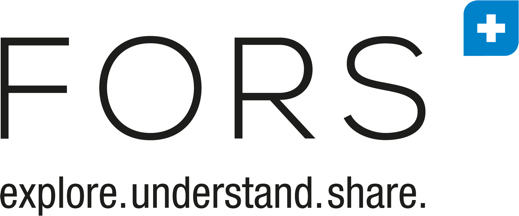Non-observation bias in an address-register-based CATI/CAPI mixed mode survey
Non-observation bias in an address-register-based CATI/CAPI mixed mode survey
2015-01
Lipps, O. (2015). Non-observation bias in an address-register-based CATI/CAPI mixed mode survey. FORS Working Paper Series, paper 2015-1. Lausanne: FORS.
mixed mode, telephone number matching, paradata, coverage, contact, cooperation, representation bias
In this article we study bias due to not observed sample members in a mixed mode survey, whose sample was drawn from an address-based population register. While the primary survey mode was the landline, households with no matched telephone number received a face-to-face visit. We distinguish bias from (landline) undercoverage, non-contact, and non-cooperation. Bias from non-contact and noncooperation are distinguished by including or not the face-to-face sample members. In addition we analyze the fieldwork phase to recruit households (to complete the household grid) and the phase to recruit persons (to complete individual questionnaires) in participating households separately. Data comes from the 2013 refreshment sample of the Swiss Household Panel. The strongest socio-demographic composition bias of the sample in the household recruitment phase is due to telephone undercoverage, which the face-to-face mode. In the combined telephone / face-to-face sample, while bias from noncontact is small, bias from non-cooperation is high in the telephone and the combined sample. The latter reduces the advantage to add the face-to-face mode somewhat. In the person recruitment phase, existing bias from the household recruitment phase remains constant. We give recommendations on the treatment of person groups who are more likely to drop out during fieldwork, depending on the reason for nonresponse and survey mode.
Lipps, O. (2016). Non-observation bias in an address-register-based CATI/CAPI mixed mode survey. Methods, Data, Analyses 10(1): 5-24. DOI: 10.12758/mda.2016.001. https://mda.gesis.org/index.php/mda/article/view/2016.001
© the authors 2018. This work is licensed under a Creative Commons Attribution 4.0 International License (CC BY 4.0)

 Bâtiment Géopolis,
Bâtiment Géopolis, +41 (0)21 692 37 30
+41 (0)21 692 37 30

